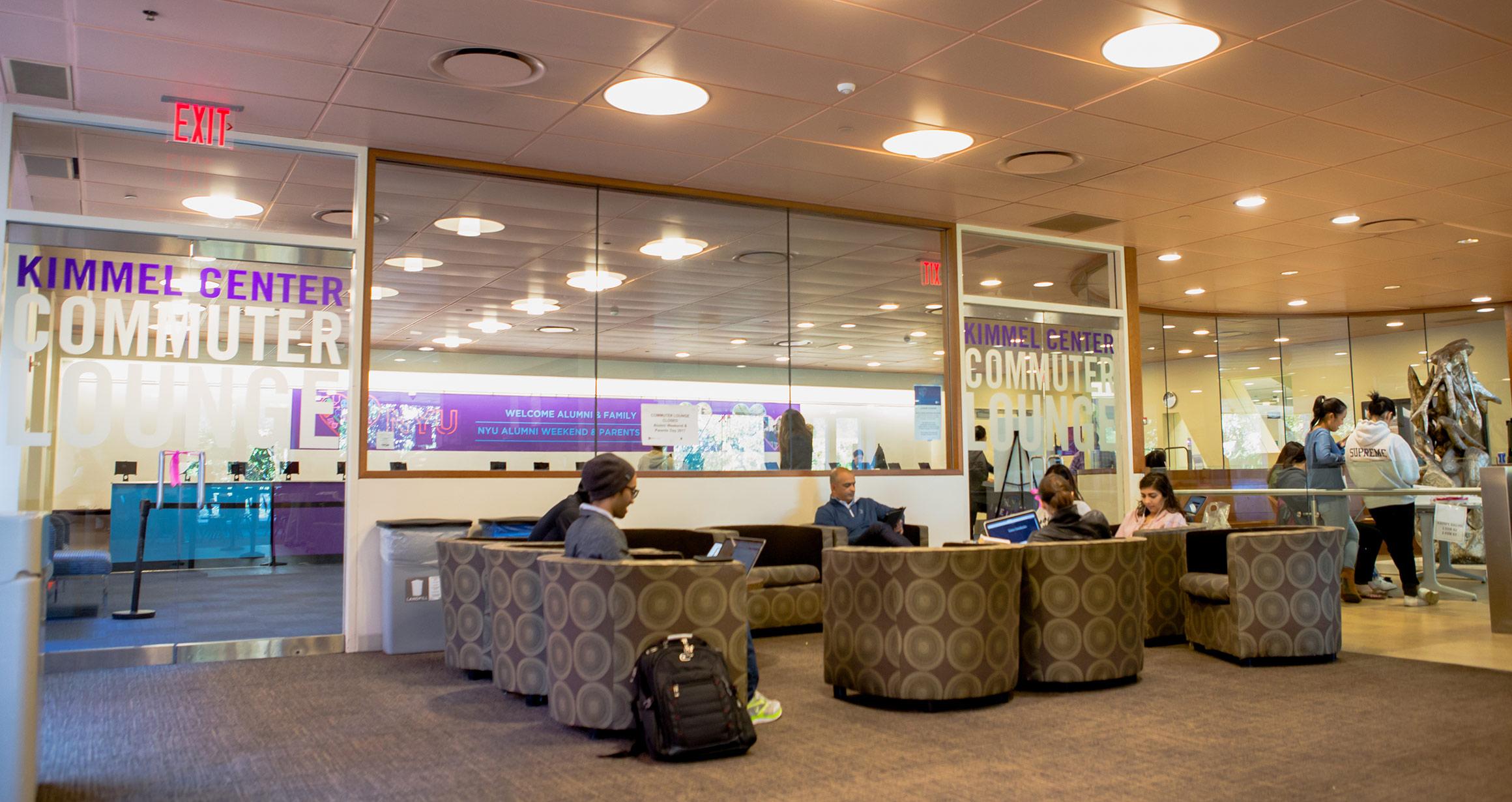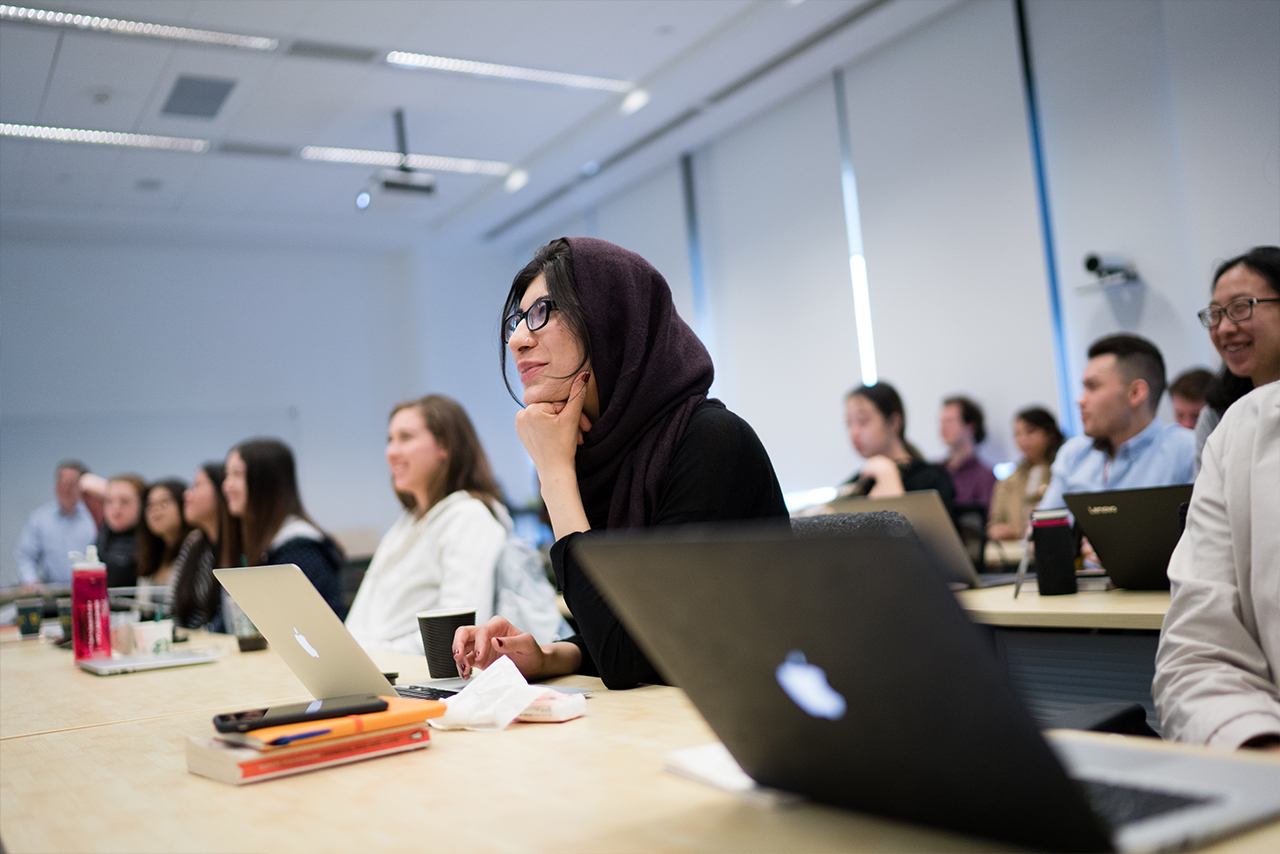Published March 08, 2024
The NYU First-Year Guide to Successful Studying
Finding not only motivation but a studying system that works for you is crucial to student life and success, whether you’re a first-year student or a graduating senior. Knowing where to go, when to go, and who to go with can drastically affect your study experience and set yourself up for either failure or success. If you’re trying to figure out where to study or feel a little lost on where to begin as a first year, here are some study tips to get you started!
Identifying Your Specific Needs
No one study plan can do it all—we all have different needs and preferences for what can make our study experience the most optimal. So, take a moment and ask yourself a few questions:
- Are you a social studier and enjoy noise around you as you work? Or do you need complete silence?
- Do you enjoy working in an open space with windows? Or do you find it distracting and need a windowless space?
- Does having a study partner keep you on track or distract you?
- Do you listen better or read better?
Figure out your preferences and write them down. This will help you figure out a long-term study plan.

Finding the Right Place to Study
Most first-year students find Bobst Library the most convenient place to study. The downside is that so do a lot of NYU students. When midterms and finals creep up, seats in Bobst can get scarce. You may end up spending more time looking for seating than actually studying.
So where to go? See if your specific college has student lounges or open classrooms to work in. With most students flocking to communal spaces, you can often find a nook or quiet space where you won’t be bothered. The Academic Resource Center and University Learning Center also have spaces and special study sessions available for students.
If you’re still missing the library, Bobst isn’t the only one at NYU. Try visiting the nearest New York Public Library location that can offer a similar atmosphere.
And if Bobst really is your favorite place, try going either early in the morning or later at night to claim a seat. From 11:00 a.m.–7:00 p.m. during finals, most seats are filled. Get a head start to your day and arrive a little earlier!
Make a Solid Study Plan
I have had friends with less than 24 hours before multiple papers were due, cramming and struggling to finish their work. Take advantage of the syllabus to plan and schedule your studying. Review your syllabi weeks in advance, adding important dates to your calendar and setting reminders for deadlines.
Still, we all have moments when preparation was not enough and find ourselves with more studying to do than we anticipated. In moments like these, get started right away, but find ways to take breaks.
If you know you won’t remember anything past midnight, go to bed and start again in the morning. When studying with chapters, do a few then take a 10 minute break, giving your mind time to reset.
The Pomodoro Technique might also be helpful. Study for 25 minutes, take a five minute break, then study for 25 minutes. Study efficiently and effectively.

During midterms and especially, there are special events almost every hour around campus offering free food to students or opportunities to de-stress. Check your email or NYU Engage around this time and take a load off—whether a free coffee at Bobst Library or free waffles in front of the Stern School of Business—there’s an opportunity to find time for the little things.
Remember, the most important thing is to figure out what works for you!



